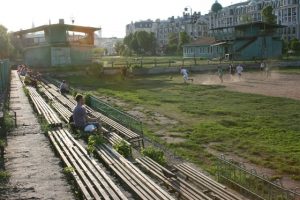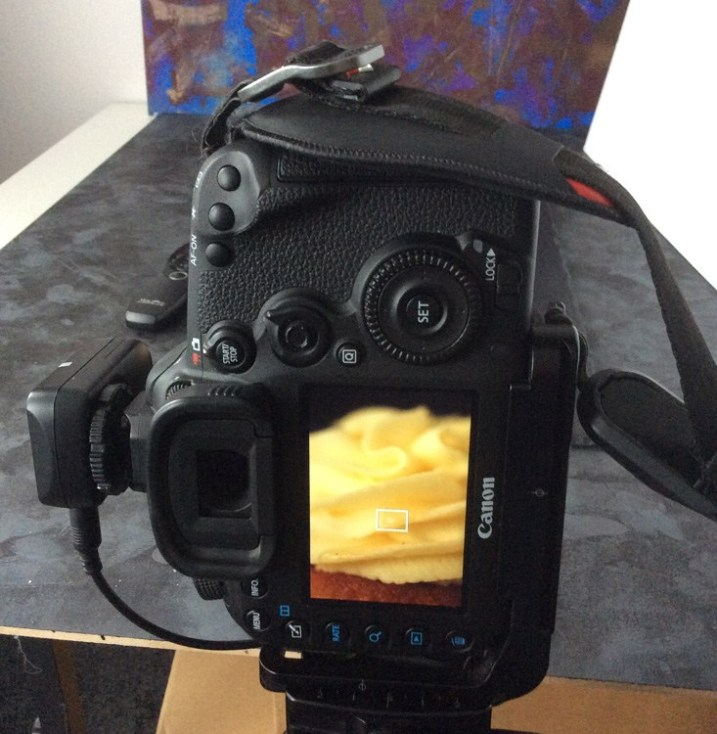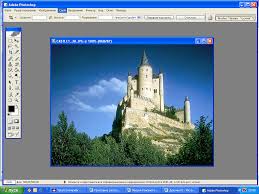Photo for memory, Or why it is important to keep old pictures
 Surely every family has photo albums with old family photographs that gather dust somewhere in cupboards, on mezzanines. Someone decides to simply throw them away to make way, and someone has long been going to take apart old pictures, but their hands do not reach this point.
Surely every family has photo albums with old family photographs that gather dust somewhere in cupboards, on mezzanines. Someone decides to simply throw them away to make way, and someone has long been going to take apart old pictures, but their hands do not reach this point.
About what historical value photo archives have, said the famous photographer Ramil Gali.
Old photos: to the dump or to the museum?
– Why has the topic of preserving photo archives become so relevant today?
– Photos and films disappear without a trace. People simply throw them in a landfill and do not think that important events can be captured there, famous people, streets and houses of ancient Kazan, which are no longer there … This applies not only to amateur photo archives, but also to photographs of professional photographers. For example, we cannot find the archives of Nikolai Sedov, Vasily Martinkov, Anatoly Andronov, Alik Biktimirov and other older photographers who worked in city and republican newspapers. For many years they recorded on film almost every day of the life of Kazan and Tatarstan. Only one or two frames were published in newspapers, and the rest remained in the personal archives of photographers. But, unfortunately, a unique historical photograph has been lost. We can say that our documentary history of the republic in photographs has not been preserved. Of course, there is a photo in the State Archives of the Republic of Tatarstan. But this is basically an official chronicle, which does not give a complete picture of how and what the Tatarstan people lived in those years.
– Is a photo archive of today created?
– In the digital age, everyone has become a photographer for himself. The flow of photo information is huge, but even today, almost no one is creating a real photo archive. On my initiative, an electronic photo archive began to be created in the Tatar-inform news agency. Already collected and systematized more than 150 thousand photos. These are pictures taken only in the last year.
Photography is a historical document. Therefore, we need a state program to create and support a republican photo archive. We also need a legal service where photographers and publishers could receive expert advice on copyright protection. The need has long been ripe for creating a museum of photography in Kazan.
Once again I want to advise everyone: if you have old photos, do not rush to throw them away. Once again, review these pictures, but not with the usual look, but with the look of a historian. Suddenly, some shots that previously seemed insignificant to you today are
valuable historical document. By the way, collectors can pay well for some unique photos. So, if you throw away your photo archives in the trash, you not only destroy historical documents, but also lose money.
Photo archives should not be dead weight
Farit Gubaev, a member of the Union of Photographers of Russia, shared his opinion on this subject.
– How can a photographer manage his archives?
– This is a global problem. Of course, it would be great if someone bought the archive in bulk for several million rubles. But where to carry, to whom? Which museum will buy? Even if you transfer the films to a museum or archive, you first need to put them in order, organize, sign, so that archive employees can figure it out. Otherwise, all these materials will be dead weight.
I know only one of my colleagues, who carefully maintains their archive all their lives. This is Vladimir Zotov. Each photo is signed in detail: what event it is, the exact date, year, who is captured in the frame. Vladimir admitted that even with this order, it can sometimes be difficult for him to find the right frame. What can we say about other photographers?
Unfortunately, I myself was unconcerned about my archive. The work in the daily newspaper is intense. On the day of 5 – 6 shootings, after the events it was necessary to return to the editor and before signing the number, have time to show the film, print the pictures. I thought:
“Well, it’s okay, I’ll sign it tomorrow.” And tomorrow – other shootings, other things … And I never collected newspapers with my publications, never kept them. Now I understand that this was a mistake. If I signed the films then, today it would be much easier to navigate in the archive.
– To analyze negatives is a long job?
– Yes, it takes about 1.5 hours to scan one film in 36 frames. 6-7 films can be digitized per day, and this provided that you will not break away from the computer monitor for a minute. And over 40 years of work in my daily editions, I have accumulated hundreds of thousands of negatives. I cannot physically process everything. Of course, there is no such need to scan each film. But even in order to view the negatives and understand who is captured on them, what kind of event it is, it takes a lot of time.
– And how is this problem solved in other countries?
– In America, in the West, special centers, houses and museums of modern photography, gallery owners are involved in photo archives. In Kazan, too, there should be such a center with a room adapted for the photo archive.




